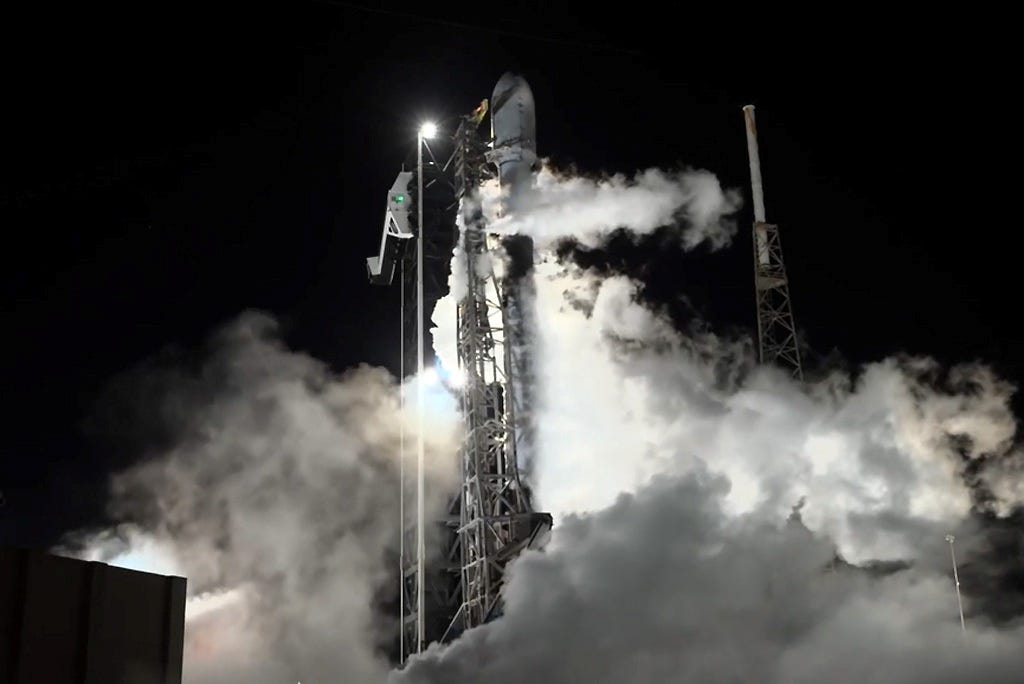Iran Win Prompts Israel to Launch Dror-1 Satellite
Tehran has revealed critical weaknesses in the cyber defences of the region’s foremost space power.
Iran's success in disrupting Israeli satellites during their recent confrontation has significantly impaired the latter's operational capabilities, prompting the urgent launch of Dror-1 as a next-generation secure communications satellite. This development encapsulates Israel's strategic response to vulnerabilities exposed in the 12-day conflict, blending economic investment with geopolitical imperatives to reclaim technological superiority in the region.
Cyber Theatre
Throughout the war, Tehran demonstrated advanced cyber and electronic warfare tactics, exposing vulnerabilities in the region’s leading cyber and space power. Iranian hackers targeted Israeli digital infrastructure, including power grids and communications networks, achieving partial success in degrading command-and-control systems. Reports indicate that Iran employed sophisticated deception, such as mock targets and missile misdirection, which extended to space assets. This disruption hampered Israel's satellite-dependent operations, affecting real-time intelligence, drone coordination, and secure transmissions vital for airstrikes.
The interference, possibly involving jamming or hacking, underscored the fragility of Israel's reliance on existing satellites like the Amos series, leading to delays in response times and increased vulnerability during Iranian retaliatory barrages that penetrated defences and caused casualties.
In response, within a month, Israel accelerated and launched the Dror-1 project on via SpaceX's Falcon 9 at a cost of $200 million. Developed by Israel Aerospace Industries since 2018, this 4.5-ton geostationary satellite features modular "space smartphone" technology, enabling reconfigurable digital transmissions across multiple bands for enhanced resilience against jamming or cyber threats. With an estimated 15-year lifespan, it is set to support civilian broadband, commercial services, and military needs, marking a shift from outsourced models to state-funded sovereignty. The launch bolsters Israel's high-tech sector, generating jobs and export potential while mitigating war-induced disruptions that spiked oil prices and strained budgets.
The Next Frontier: Iran, Syria, & Beyond
The Iran-Israel conflict highlighted space as a contested domain, with Iran's hypersonic missiles evading defences. Dror-1's secure features could restore Israel's edge in future escalations, facilitating cyber countermeasures and intelligence sharing amid ongoing proxy threats.
Recent strikes on Syria, including the 16 July airstrike on Damascus targeting the Defence Ministry, further illustrate Dror-1's relevance. This attack risks broader conflict, with a Syria-Israel confrontation growing more probable. Enhanced satellite resilience would enable precise monitoring and coordination, while minimising economic costs from prolonged engagements, such as inflated defence spending. Dror-1 symbolises Israel's pursuit of self-reliance, and continued commitment to being in a constant state of war. This development reflects a broader regional trend towards self-reliance, marked by intra-Gulf integration and intensified localisation efforts. As these dynamics evolve, arms races across the region are expected to accelerate, further entrenching militarisation as a core element of national security policy.




